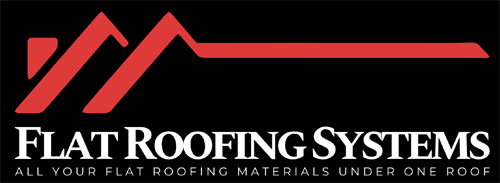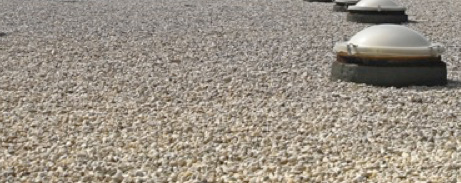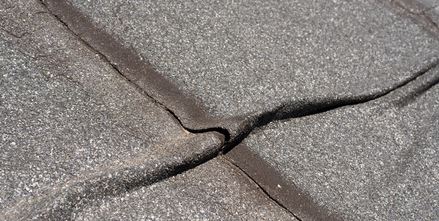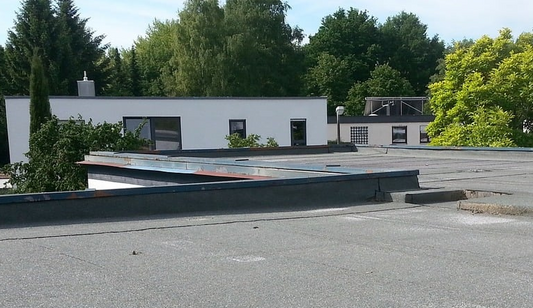Sika® has launched its innovative Sikalastic®-625 BMS, an advanced polyurethane liquid applied membrane (LAM) that combines high-performance with renewable materials.
This product reduces carbon footprint by over 35%, representing a step change by the company toward a more sustainable construction industry. This single component, cold applied, moisture-triggered liquid polyurethane membrane rapidly cures to form a robust, weather-resistant barrier, providing the outstanding performance customers require with the added benefits of a reduced carbon footprint, low odor, and improved safety.
In the construction chemicals industry, embodied carbon within the product accounts for a large portion of climate impact. One of the biggest challenges in transitioning to a sustainable industry is incorporating renewable, low-emissions raw materials without compromising performance. This product addresses this challenge with the innovative Sikalastic®-625 BMS, which incorporates biomass balanced content and bio-based solvents while retaining all the versatility, reliability, and ease of use of the current Sikalastic® product range.
“The launch of Sikalastic®-625 BMS marks a step change by using one of our most popular products to aid the transition to net zero. Not only do our customers benefit by reducing their roof waterproofing carbon footprint by over 35%, but it also sends a strong signal to our suppliers that there is demand in the supply chain for more sustainable solutions,” says Michelle Round, technology centre manager for Sika’s Global Team.
The launch of Sikalastic®-625 BMS marks a step change by the company toward a more sustainable construction industry. This new product not only meets but exceeds the stringent requirements of modern building projects, offering architects, specifiers, and contractors a robust, sustainable option for their roof waterproofing needs.




